Shravan is not just a month but a sacred feeling.
A time when the air feels lighter, hearts feel closer to God, and every Monday becomes a doorway to Lord Shiva’s blessings. The entire atmosphere is filled with the sound of “Har Har Mahadev,” and temples glow with the light of lamps and the fragrance of flowers. Shravan is one of the most powerful times of the year to worship Lord Shiva.
And what better way to connect with Him during this divine time than by remembering and meditating upon the 12 Jyotirlingas, twelve powerful shrines where Shiva is said to have appeared as a column of divine light.
Let’s go on a spiritual journey through these sacred places and understand their connection to Shravan and how even wearing a Rudraksha during this month can deeply enhance your spiritual energy.
The Sacred Meaning of Jyotirlinga
The word “Jyotirlinga” comes from two words: “jyoti,” meaning light, and “linga,” meaning the formless symbol of Shiva. These are not just temples. They are places where Lord Shiva’s energy is said to be especially strong. These twelve spots are spread all over India and are believed to be charged with divine vibrations.
According to legends, Shiva once appeared as a pillar of light, endless and boundless, to show that He is beyond birth, beyond time, and death. During Shravan, worshipping these Jyotirlingas can bring immense peace, strength, and spiritual progress.
How is Shravan connected to Lord Shiva and the Jyotirlingas?
According to ancient stories, Shravan is the month when Lord Shiva drank the poison (halahala) that emerged from the ocean during the churning (Samudra Manthan). To reduce the effect of the poison, devotees offer water and milk to Shiva, and Mondays (Shravan Somvars) become the most special days for this worship.
Many people visit Shiva temples during this month. Some even take the Kanwar Yatra, where they carry water from sacred rivers and walk barefoot to a Shiva temple.
But even if you can’t travel, just remembering the 12 Jyotirlingas, chanting “Om Namah Shivaya,” and wearing a Rudraksha can bring deep spiritual benefits during Shravan.
The 12 Jyotirlingas and Their Divine Stories
Let’s understand each of these sacred shrines and their deep meaning. You don’t need to travel physically to feel their energy. Even remembering them during your daily prayer or meditation in Shravan is enough.
1. Somnath—The First Light in Gujarat
Somnath is considered the first and foremost Jyotirlinga. Located on the Arabian Sea coast in Gujarat, it is believed that the Moon God, Chandra, built the original temple in gold and worshipped Shiva here to regain his light after being cursed by Daksha. Subsequent iterations were believed to have been constructed in silver by Ravana, in wood by Lord Krishna, and in stone by Bhimadeva.
Somnath has been destroyed and rebuilt multiple times by invaders, kings, and saints. But it always rose again. That’s what Somnath stands for: rebirth, light, and resilience. When you stand there, facing the endless sea, it feels like facing the eternal.
2. Mallikarjuna—The Hill of Divine Union (Andhra Pradesh)
Sri Bhramaramba Mallikarjuna Temple, where Shiva and Shakti reside together. Located on the sacred hills of Srisailam in Andhra Pradesh lies the Sri Bhramaramba Mallikarjuna Temple, a divine destination unlike any other. What makes this temple truly special is that it is both one of the 12 Jyotirlingas of Lord Shiva and one of the 18 Shakti Peethas of Goddess Parvati, worshipped here as Bhramaramba Devi.
This rare union of Shaivism and Shaktism fills the temple with powerful spiritual energy, making it one of the most sacred pilgrimage sites in India.
The temple is ancient, with beautiful Dravidian-style architecture, and is nestled in the serene surroundings of the Nallamala forests and the Krishna River. It offers not just spiritual peace but also a deep connection with nature.
Inside the temple complex, you’ll find the Mallikarjuna Lingam, representing Lord Shiva, and the shrine of Goddess Bhramaramba, believed to have taken the form of a bee to defeat the demon Arunasura. Together, they bless every devotee who comes seeking divine love, strength, and protection.
3. Mahakaleshwar—The Lord Who Controls Time (Madhya Pradesh)
In Ujjain, the city of spiritual power and time cycles, lies Mahakaleshwar, a self-manifested Jyotirlinga that is believed to control death and time. “Mahakal” means the great destroyer of time.
The temple is known for its Bhasma Aarti, a ritual where Shiva is worshipped with ashes from a cremation ground. It reminds us that life is temporary, but the soul is eternal. The energy of this temple is intense and deeply transformative.
4. Omkareshwar—The Island of Sacred Sound (Madhya Pradesh)
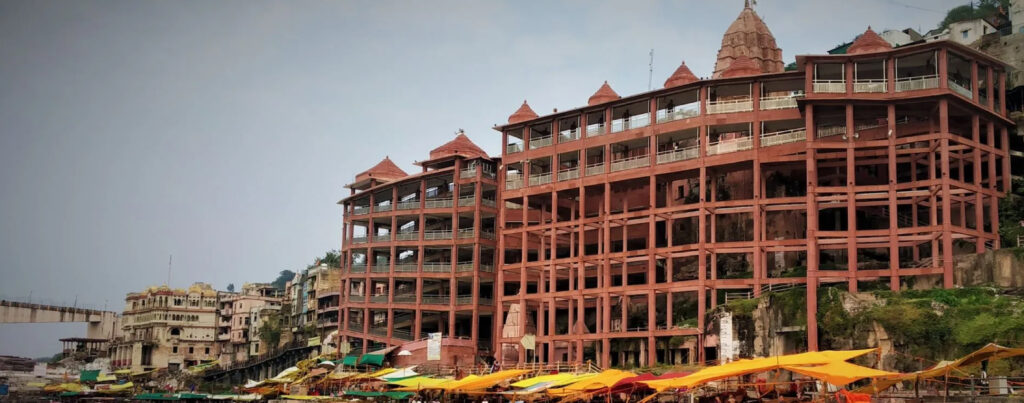
In the quiet lap of the Narmada River, there’s an island shaped like the sacred symbol ‘Om,’ and on it stands Omkareshwar.
It is believed that this is where the divine sound “Om” first vibrated across the cosmos. Two Jyotirlingas are worshipped here, named Omkareshwar and Amareshwar. This place is ideal for those seeking mental peace and spiritual grounding. The chants here almost feel like they’re floating on water.
5. Kedarnath—Shiva in the Himalayas (Uttarakhand)
At 11,755 ft, in the icy heights of the Himalayas, stands Kedarnath, a temple only accessible by trekking through rugged terrain or by air. Yet despite its remoteness, thousands come every year.
It is believed that after the Mahabharata war, the Pandavas came to seek forgiveness. Lord Shiva, avoiding them, took the form of a bull and buried himself in the mountains, and his hump became the Kedarnath lingam.
There is a sense of otherworldly stillness here. Cold wind, snow peaks, and silence. It’s as if time slows down in Shiva’s presence.
6. Bhimashankar—The Forest Flame (Maharashtra)
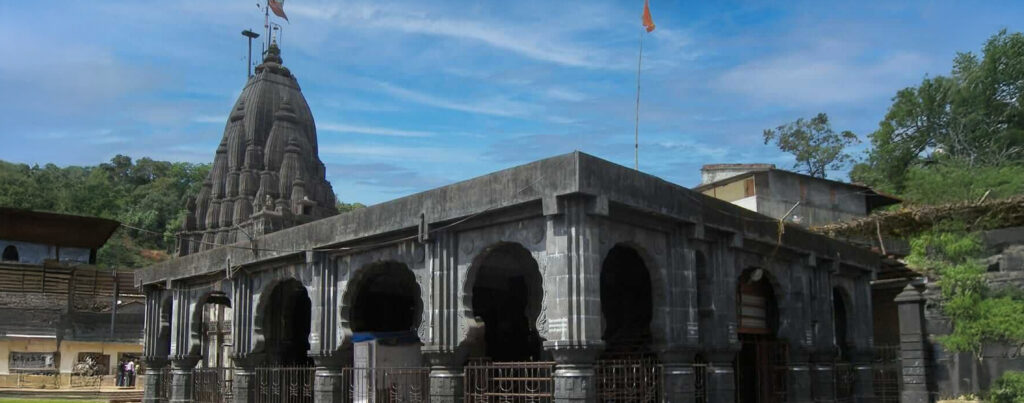
Situated in the Sahyadri hills, Bhimashankar is surrounded by dense forests, waterfalls, and wildlife. Here, Lord Shiva is believed to have fought and destroyed the demon Tripurasura.
After the battle, his sweat is said to have created the Bhima River.
This place has a very grounding energy. You feel close to nature, to your breath, and to the beating heart of the forest. Ideal for healing and inner stillness.
7. Kashi Vishwanath—The Eternal City of Light (Uttar Pradesh)
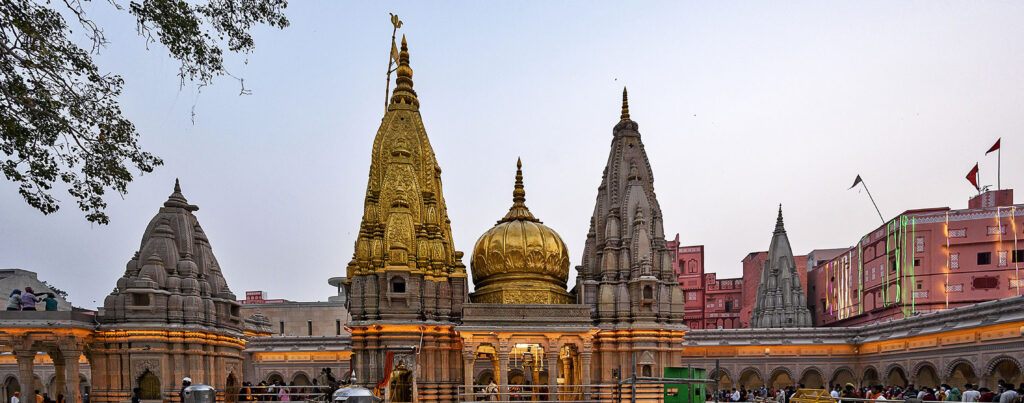
Kashi (Varanasi) is not just a city; it’s a living soul. They say it’s the oldest living city in the world, and right at its heart is the Kashi Vishwanath temple.
This Jyotirlinga is unlike any other. It is said that death doesn’t exist in Kashi. Whoever dies here attains moksha. Shiva Himself whispers the Taraka mantra into their ears, guiding their soul home.
The temple is always alive with bells ringing, devotees chanting, and aarti flames shining bright. It’s a place that breathes devotion.
8. Trimbakeshwar—The Lingam with Three Faces (Maharashtra)
Close to Nashik, at the source of the holy Godavari River, lies Trimbakeshwar.
What’s unique here is that the lingam is not a simple cylindrical form. It has three faces, symbolizing the holy trinity the Brahma, Vishnu, and Mahesh.
People come here especially for pitru dosh nivaran (ancestral healing rituals). The place holds the energy of both beginnings and closures.
9. Vaidyanath—The Divine Healer (Jharkhand)

Located in Deoghar, Vaidyanath (also called Baidyanath) is the temple where Ravana, the king of Lanka, offered his ten heads one by one in devotion.
Pleased with his bhakti, Shiva descended as a Vaidya (doctor) to heal him. That’s why this Jyotirlinga is associated with health, healing, and restoration.
Even today, thousands come here seeking relief from ailments, both physical and emotional.
10. Nageshwar—The Protector Against Negativity (Gujarat)
Near the sacred town of Dwarka, Nageshwar is known for its immense spiritual power and protection.
It’s believed that a devotee named Supriya was imprisoned by a demon named Daruka. She prayed to Shiva, who appeared instantly and destroyed the demon. Shiva then stayed here to protect his devotees.
This temple is especially visited by those facing fear, addiction, or any form of negativity. The presence of the large Shiva statue adds to the grandeur.
11. Rameshwaram—Where Rama Worshipped Shiva (Tamil Nadu)
Rameshwaram is a beautiful example of devotion beyond identity. Before crossing the sea to Lanka, Lord Rama built a lingam of sand and worshipped Shiva here to seek blessings for victory.
This temple represents unity between Shaivism and Vaishnavism. It’s believed that every pilgrim visiting Varanasi must complete their journey with a visit to Rameshwaram.
The corridors of the temple are stunning and almost feel like walking through a spiritual tunnel.
12. Grishneshwar—The Light of Forgiveness (Maharashtra)
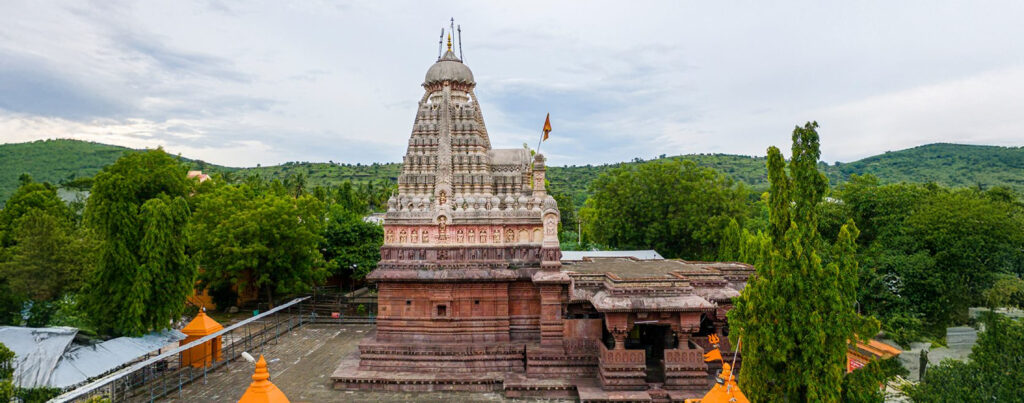
The final Jyotirlinga lies close to the world-famous Ellora Caves in Maharashtra.
This temple has a beautiful story. A woman named Ghushma, a true devotee, would make 101 lingams daily and immerse them in a lake. When her son was killed by her envious sister, she continued her worship without anger. Lord Shiva, pleased with her bhakti, revived her son and manifested here.
It teaches us that faith, forgiveness, and devotion can bring God right to your doorstep.
Why Wear Rudraksha During Shravan?
Shravan is the time when cosmic energy is high, especially that of Shiva. It is believed that wearing a Rudraksha during this month helps you receive that divine energy more easily.
Rudraksha is known as Shiva’s tear. It carries his vibration, and different types (called mukhis) bring different blessings.
- 5 Mukhi Rudraksha—Most common and safe for all. Brings peace, health, and clarity.
- 1 Mukhi to 14 Mukhi Rudraksha—Each has specific powers, especially helpful for meditation, focus, wealth, protection, and healing.
- Wearing Rudraksha during Shravan helps in calming the mind, improving spiritual focus, and even healing past pain.
Even if you’re not visiting the Jyotirlingas, simply wearing a Rudraksha and chanting mantras during Shravan is a deeply spiritual practice.
How to Honor the 12 Jyotirlingas in Shravan
You don’t need to go to all the temples to receive their blessings. You can create a simple daily practice at home during Shravan:
- Wake up early and take a bath
- Light a lamp near a picture or a Shiva Lingam
- Offer water, milk, or bilva leaves
- Chant “Om Namah Shivaya” 108 times
- Meditate on the Jyotirlingas one by one across the 12 days or 12 Mondays
- Wear your Rudraksha while doing this, as it multiplies the energy
Conclusion
The 12 Jyotirlingas are not far away. They live within us, in our faith, in our voice when we chant, and in our heart when we sit in silence.
Shravan is the best time to take one step closer to that inner light. Whether it’s through visiting a temple, wearing Rudraksha, offering water to Shiva, or simply sitting still and remembering His names, this month can change your life.
Let the light of the Jyotirlingas guide you.
Let the blessings of Rudraksha protect you.
Let the love of Shiva transform you.
Har Har Mahadev. 🙏








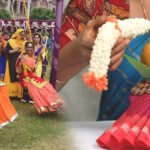
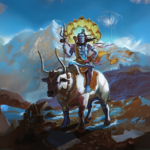


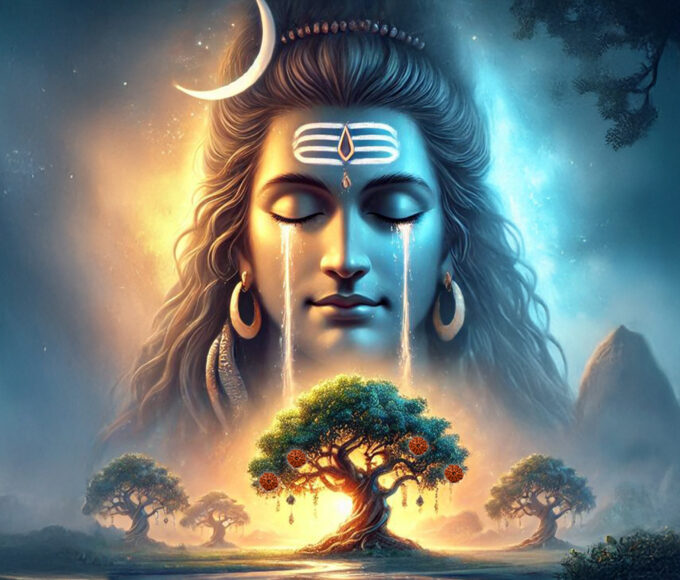
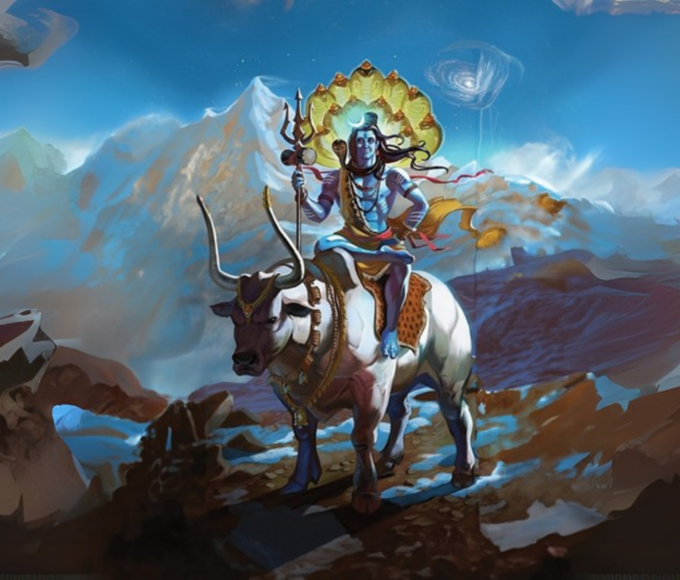
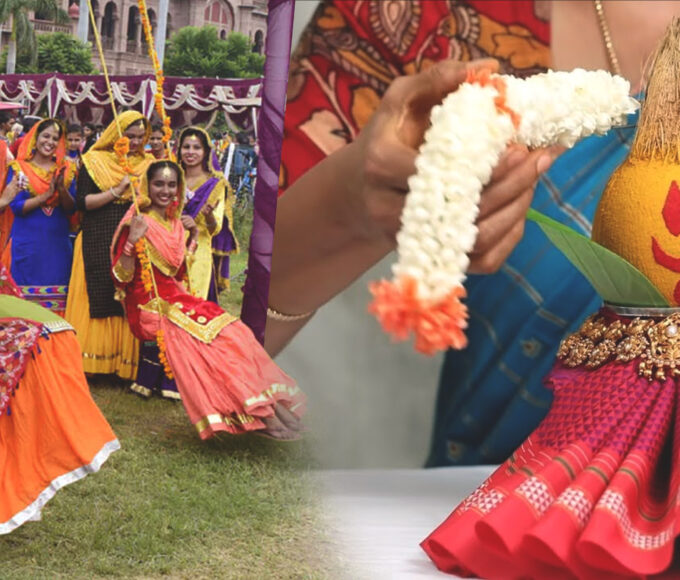

Leave a comment